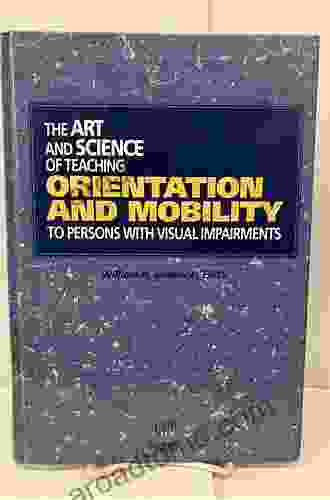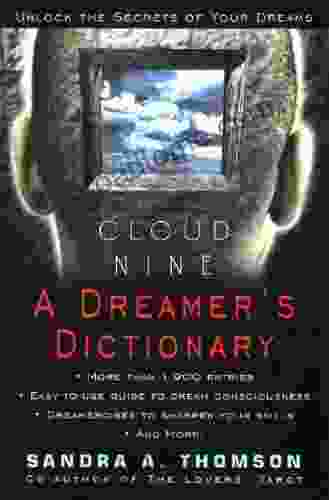The Art and Science of Teaching Orientation and Mobility: A Comprehensive Guide for Professionals

In the realm of special education, the field of orientation and mobility (O&M) plays a pivotal role in empowering individuals with visual impairments to navigate their surroundings with confidence and independence. O&M instruction unlocks a world of possibilities for these individuals, enabling them to participate fully in society and pursue their goals without barriers. This comprehensive article serves as a definitive resource for educators seeking to master the art and science of teaching O&M effectively.
4.7 out of 5
| Language | : | English |
| File size | : | 5856 KB |
| Text-to-Speech | : | Enabled |
| Screen Reader | : | Supported |
| Enhanced typesetting | : | Enabled |
| Word Wise | : | Enabled |
| Print length | : | 568 pages |
Foundational Principles of O&M Instruction
Effective O&M instruction is grounded in a solid understanding of foundational principles. Educators must begin by establishing a strong rapport with their students, building a relationship based on trust and mutual respect. This partnership fosters a positive learning environment where students feel comfortable asking questions and taking risks.
Another key principle is the recognition of individual differences among students. Each student has unique needs, learning styles, and challenges, and educators must tailor their instruction to accommodate these variations. A comprehensive assessment process helps educators identify each student's strengths and areas for improvement, guiding the development of individualized learning plans.
Assessment Techniques for O&M
Assessment is an essential component of effective O&M instruction. Educators must employ a range of assessment techniques to evaluate students' progress and identify areas where additional support is needed. These techniques include:
- Functional Vision Assessment: This assessment evaluates the student's use of remaining vision in daily activities.
- Orientation Assessment: This assessment determines the student's ability to understand and use spatial concepts, such as left and right.
- Mobility Assessment: This assessment evaluates the student's ability to move safely and efficiently through their environment.
Innovative Strategies for Teaching O&M
Educators must embrace innovative strategies to make O&M instruction engaging and effective. Technology plays a crucial role, with assistive devices such as GPS navigation systems, electronic notetakers, and magnifiers enhancing students' ability to access information and navigate their surroundings.
In addition, educators can utilize a variety of teaching methods to suit different learning styles. Hands-on experiences, simulations, and role-playing activities allow students to practice skills in a safe and supportive environment. Educators can also incorporate real-world experiences into their instruction, giving students opportunities to apply their skills in community settings.
Empowering Students with Visual Impairments
The ultimate goal of O&M instruction is to empower individuals with visual impairments to live independently and achieve their full potential. Educators play a vital role in this process by providing students with the knowledge, skills, and confidence they need to succeed.
Through effective O&M instruction, educators can break down barriers, foster inclusion, and improve the quality of life for individuals with visual impairments. By embracing the principles, assessment techniques, and innovative strategies outlined in this article, educators can become transformative forces in the lives of their students.
The art and science of teaching orientation and mobility is a complex and rewarding field that requires a deep understanding of the unique needs of individuals with visual impairments. Educators who master this art are instrumental in empowering these individuals to lead fulfilling and independent lives. By incorporating the principles, assessment techniques, and innovative strategies discussed in this article, educators can become highly effective practitioners and make a profound difference in the lives of their students.
4.7 out of 5
| Language | : | English |
| File size | : | 5856 KB |
| Text-to-Speech | : | Enabled |
| Screen Reader | : | Supported |
| Enhanced typesetting | : | Enabled |
| Word Wise | : | Enabled |
| Print length | : | 568 pages |
Do you want to contribute by writing guest posts on this blog?
Please contact us and send us a resume of previous articles that you have written.
 Book
Book Novel
Novel Page
Page Chapter
Chapter Text
Text Story
Story Genre
Genre Reader
Reader Library
Library Paperback
Paperback E-book
E-book Magazine
Magazine Newspaper
Newspaper Paragraph
Paragraph Sentence
Sentence Bookmark
Bookmark Shelf
Shelf Glossary
Glossary Bibliography
Bibliography Foreword
Foreword Preface
Preface Synopsis
Synopsis Annotation
Annotation Footnote
Footnote Manuscript
Manuscript Scroll
Scroll Codex
Codex Tome
Tome Bestseller
Bestseller Classics
Classics Library card
Library card Narrative
Narrative Biography
Biography Autobiography
Autobiography Memoir
Memoir Reference
Reference Encyclopedia
Encyclopedia Sugar Snap Studio
Sugar Snap Studio Scott M Burnstein
Scott M Burnstein Surya Santoso
Surya Santoso Sorkunde Olabarri Legarreta
Sorkunde Olabarri Legarreta Celia Kennedy
Celia Kennedy Tracy Strauss
Tracy Strauss Tom Krengel
Tom Krengel Wil Cantrell
Wil Cantrell Terri Baumgardner
Terri Baumgardner Trish Ann Konieczny
Trish Ann Konieczny Young Entertainment
Young Entertainment Victoria Rosner
Victoria Rosner Suzy Susson
Suzy Susson Tara Marie Catanzano
Tara Marie Catanzano Sarah Knight
Sarah Knight T R Crompton
T R Crompton Stacey Ballis
Stacey Ballis Sara Gorman
Sara Gorman Daniel Odier
Daniel Odier Toby Lester
Toby Lester
Light bulbAdvertise smarter! Our strategic ad space ensures maximum exposure. Reserve your spot today!
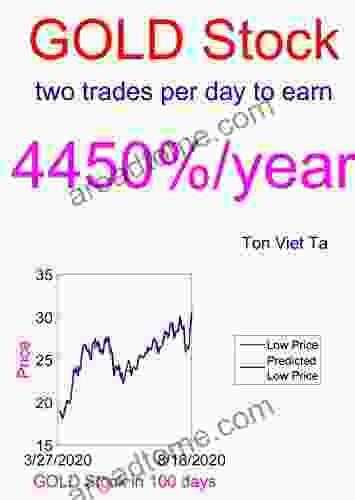
 Henry Wadsworth LongfellowUnlocking Investment Profits: Price Forecasting Models for Randgold Resources...
Henry Wadsworth LongfellowUnlocking Investment Profits: Price Forecasting Models for Randgold Resources... Robert Louis StevensonFollow ·10.7k
Robert Louis StevensonFollow ·10.7k Gene PowellFollow ·3.5k
Gene PowellFollow ·3.5k Josh CarterFollow ·14.6k
Josh CarterFollow ·14.6k Gabriel Garcia MarquezFollow ·6.6k
Gabriel Garcia MarquezFollow ·6.6k Jonathan HayesFollow ·11.5k
Jonathan HayesFollow ·11.5k Morris CarterFollow ·16.7k
Morris CarterFollow ·16.7k Victor TurnerFollow ·12.6k
Victor TurnerFollow ·12.6k Paul ReedFollow ·9.5k
Paul ReedFollow ·9.5k
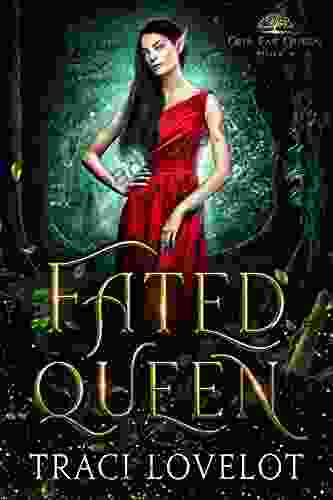
 Timothy Ward
Timothy WardSteamy Reverse Harem with MFM Threesome: Our Fae Queen
By [Author...
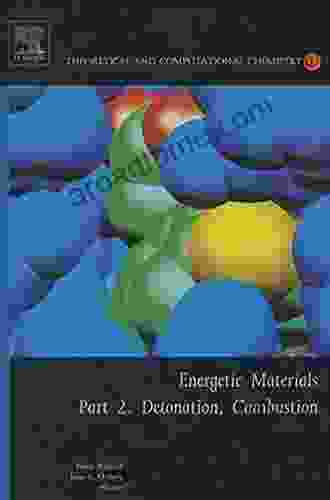
 Cody Blair
Cody BlairThe Ultimate Guide to Energetic Materials: Detonation and...
Energetic materials are a fascinating and...
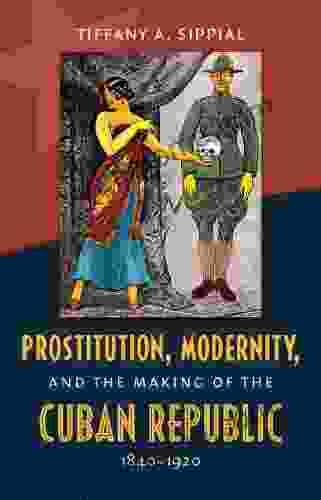
 Kenzaburō Ōe
Kenzaburō ŌeProstitution, Modernity, and the Making of the Cuban...
By Emily A....

 Kirk Hayes
Kirk HayesUnveil the Enchanting World of The Rape of the Lock by...
Alexander Pope's epic...

 Ivan Turgenev
Ivan TurgenevTantric Quest: An Encounter With Absolute Love
Embark on a Tantric Quest to...
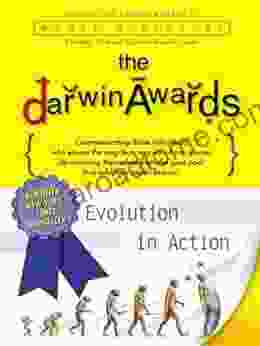
 Gary Reed
Gary ReedThe Darwin Awards: Evolution in Action
The Darwin Awards are a...
4.7 out of 5
| Language | : | English |
| File size | : | 5856 KB |
| Text-to-Speech | : | Enabled |
| Screen Reader | : | Supported |
| Enhanced typesetting | : | Enabled |
| Word Wise | : | Enabled |
| Print length | : | 568 pages |


